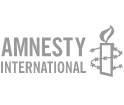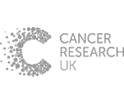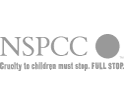Saviour siblings, as the name suggests, are children born to donate organs to and save the lives of their sibling. The benefits are obvious: the sibling would be treated, the newborn gets to help their relative and the family gets a new member.
However, the debate surrounding saviour siblings co...
Want to see the rest of this article?
Would you like to see the rest of this article and all the other benefits that Issues Online can provide with?
- Useful related articles
- Video and multimedia references
- Statistical information and reference material
- Glossary of terms
- Key Facts and figures
- Related assignments
- Resource material and websites

 I prescribe one newborn baby brother
I prescribe one newborn baby brother








